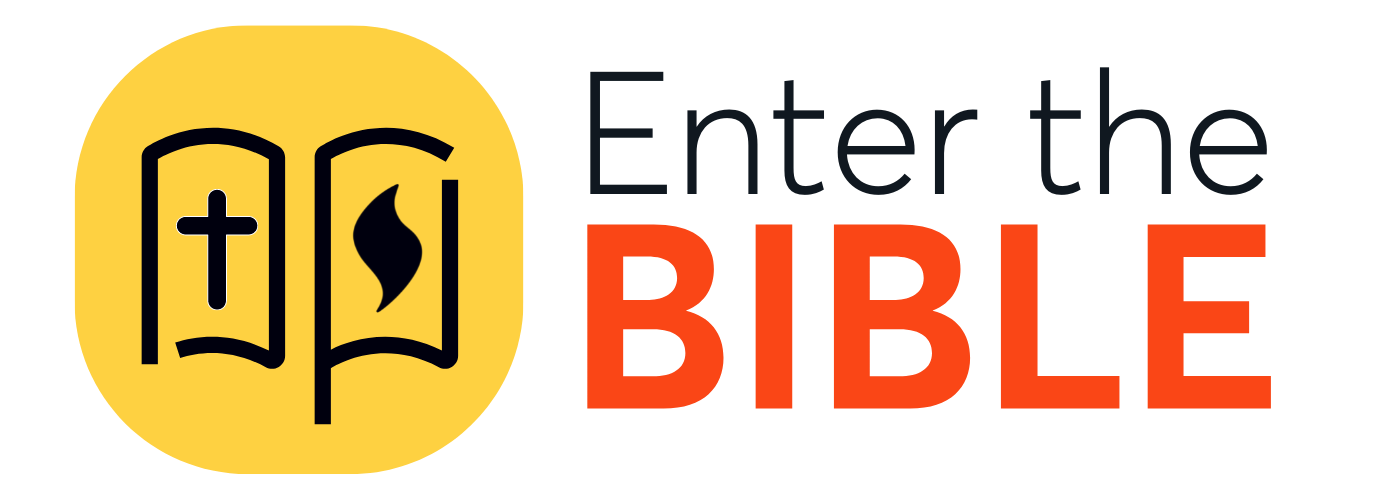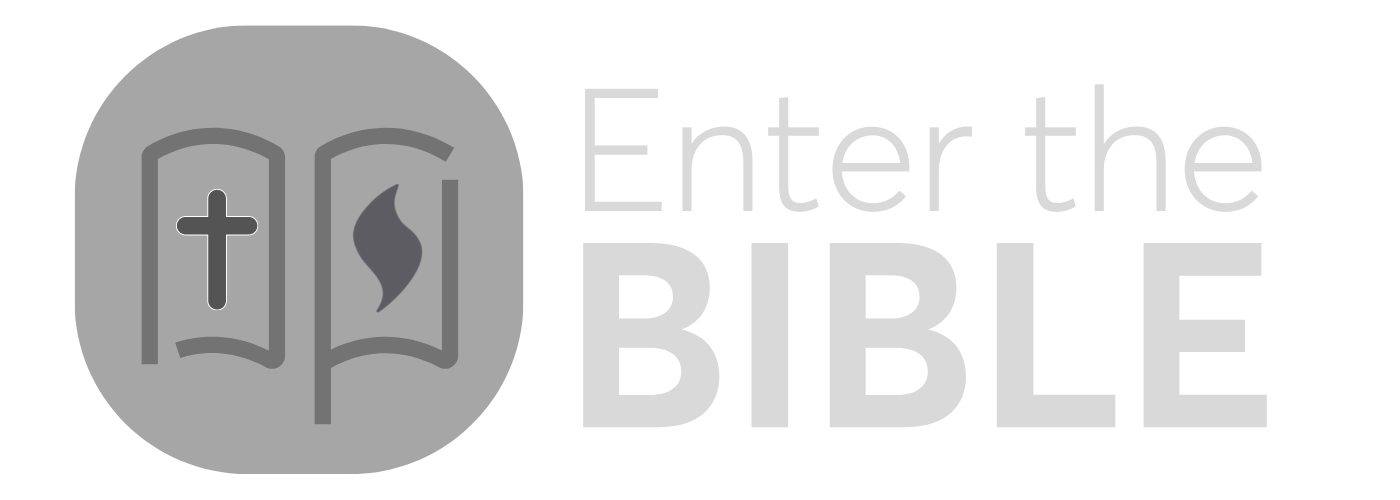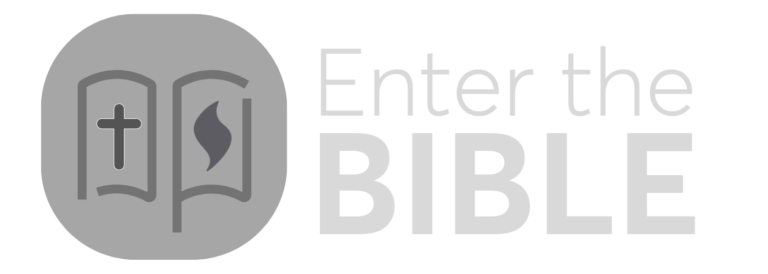1. Introduction
Mark announces “the beginning of the good news of Jesus Christ” and introduces John the Baptist. Jesus is baptized, identified as God’s beloved Son, and immediately tested in the wilderness by Satan. (Mark 1:1-15)
2. Mark’s First Section: Jesus’ Ministry outside of Jerusalem (Mark 1:16-8:21)
This section consists of three cycles of stories about Jesus’ ministry in Galilee and surrounding regions. The material in this section highlights the disciples’ failure or inability to understand Jesus’ miracles, teachings, and parables.
A. The First Cycle of the First Section (Mark 1:16-3:12)
This cycle includes the call of the first four disciples, five healing stories, five conflict stories, and a summary statement.
B. The Second Cycle of the First Section (Mark 3:13-6:6)
This cycle includes the appointing of Jesus’ twelve disciples, his teaching in parables and miracles, and a summary that recounts Jesus’ rejection in his hometown.
C. The Third Cycle of the First Section (Mark 6:7-8:21)
This cycle includes the sending of the Twelve, John the Baptist’s execution during Herod’s feast, Jesus’ feeding of the five thousand, Jesus’ crossings of the Sea of Galilee, Jesus’ travels to Tyre and Sidon, Jesus’ feeding of the four thousand, and a concluding section.
3. Mark’s Second Section: Jesus Gives Insight into the Suffering, Death, and Resurrection of the Son of Man (Mark 8:22-10:52)
This section consists of three cycles of stories about Jesus’ teaching concerning his impending death and resurrection, and concerning what a life of discipleship entails. The material in this section continues the theme of the disciples’ inability or failure to understand the nature of Jesus’ messiahship.
A. Introduction to the Second Section: The Blind Man of Bethsaida Is Given Sight (Mark 8:22-26)
In a two-stage healing, Jesus restores the sight of a blind man. This story, in tandem with the healing of blind Bartimaeus at the end of the second section, indicates that the disciples, unlike the readers of the Gospel, are not able to see the hiddenness of Jesus’ messiahship established in his death and resurrection.
B. The First Cycle of the Second Section (Mark 8:27-9:29)
This cycle begins with Jesus’ first announcement of his passionPassion is the theological term used to describe Jesus’ suffering prior to and including his crucifixion. The Passion Narrative (the portions of the Gospels that tell of the Last Supper, trial, and crucifixion of Jesus) are often read in church during Holy Week. More and resurrection, Jesus’ rebuke of Peter, and Jesus’ paradoxical instructions about losing one’s life in order to save it. It then describes Jesus’ transfigurationThe Transfiguration was a mountaintop event in which Jesus was transformed and became dazzling white, in a manner that suggested his future glory. Peter, James, and John witnessed Jesus’ transfiguration; Moses and Elijah appeared on the mountain and talked with Jesus. The event, which is… More, his teaching about Elijah, and his healing of a boy possessed by a demonA demon is an evil spirit often depicted in human or animal form. Sometimes frightening, sometimes alluring, the unclean spirit represents destructive power. More.
C. The Second Cycle of the Second Section (Mark 9:30-10:31)
This cycle begins with Jesus’ second announcement of his passion and resurrection, the disciples’ disputes about which of them is the greatest, and Jesus’ paradoxical instructions about the last being first. It then describes Jesus’ teaching about exorcismExorcism is the act or rite of driving out unclean spirits. The New Testament records incidents in which Jesus and Paul, in the name of God, expelled, or exorcised, evil spirits. More, temptations, salt, marriage and divorce, children, and true riches.
D. The Third Cycle of the Second Section (Mark 10:32-45)
This cycle includes Jesus’ third announcement of his passion and resurrection, James and John’s request to sit on Jesus’ right and left, and Jesus’ paradoxical instructions about greatness deriving from being like a slave.
E. Conclusion to the Second Section: Blind Bartimaeus Is Given Sight (Mark 10:46-52)
Jesus heals Bartimaeus from his blindness at the outskirts of Jericho. Bartimaeus responds by following Jesus “on the way.”
4. Mark’s Third Section: Jesus Reveals Himself as the True TempleThe Jerusalem temple, unlike the tabernacle, was a permanent structure, although (like the tabernacle) it was a place of worship and religious activity. On one occasion Jesus felt such activity was unacceptable and, as reported in all four Gospels, drove from the temple those engaged… More (Mark 11:1-15:47)
This section, which includes Mark’s Passion Narrative, consists of three cycles of stories that focus first on Jesus’ entry into Jerusalem and his teaching in the temple, then on his teaching about the destruction of the temple and the coming of the Son of Man, and finally on his identity as the temple and the crucified Son of God. The material in this section carries through the theme of the disciples’ inability and failure to watch.
A. Jesus, the Son of David, Enters Jerusalem and Teaches in the Temple (Mark 11:1-12:44)
Jesus enters Jerusalem on a young donkey, enters the temple, curses a fig tree, and embarasses Jewish leaders who question his authority. In the temple, he tells a parableA parable is a brief story with a setting, an action, and a result. A prominent aspect of Jesus’ teaching was telling parables to illustrate something about the kingdom, or reign, of God. More about faithless tenant farmers; disputes with Pharisees, HerodiansThe Herodians were a public political party favorable to Herod the Great, who ruled in Palestine when Jesus was born. Later, in opposition to Jesus, they were allied with Herod Antipas, who ruled at the time of Jesus’ death. More, Sadducees, and scribes; and criticizes wealthy leaders who demand honor yet devour widows’ houses.
B. Jesus Teaches about the Temple’s Destruction and the Coming of the Son of Man (Mark 13:1-37)
Jesus speaks about coming persecution, signs of the temple’s destruction and the desolating sacrilege, cosmic signs of the end, and the coming of the Son of Man. He says that the Son of Man is near and insists that the day or hour of his return is known only by the Father.
C. Jesus Is the Temple and Is Crucified and Confessed as the Son of God (Mark 14:1-15:47)
In Mark’s account of the final 24 hours of Jesus’ life, Jesus is anointed in advance for his burial, he celebrates the PassoverPassover commemorates the deliverance of the Hebrew people from Egypt as described in the book of Exodus. It is celebrated with worship and a meal on the fourteenth day of the month called Nisan, which is the first month of the Jewish year. The time… More meal with his followers, he is arrested, his disciples flee, and Peter denies him three times. Jesus is tried, mocked, crowned, struck, stripped, reviled, crucified, confessed as the Son of God, and laid in a tomb.
5. A New Beginning (Mark 16:1-8)
Mark’s Gospel concludes with an empty tomb and a promise to the women who discover it that Jesus “is going ahead of you to Galilee; there you will see him, just as he told you.” But these women do not say anything to anyone, because of their terror and amazement.






